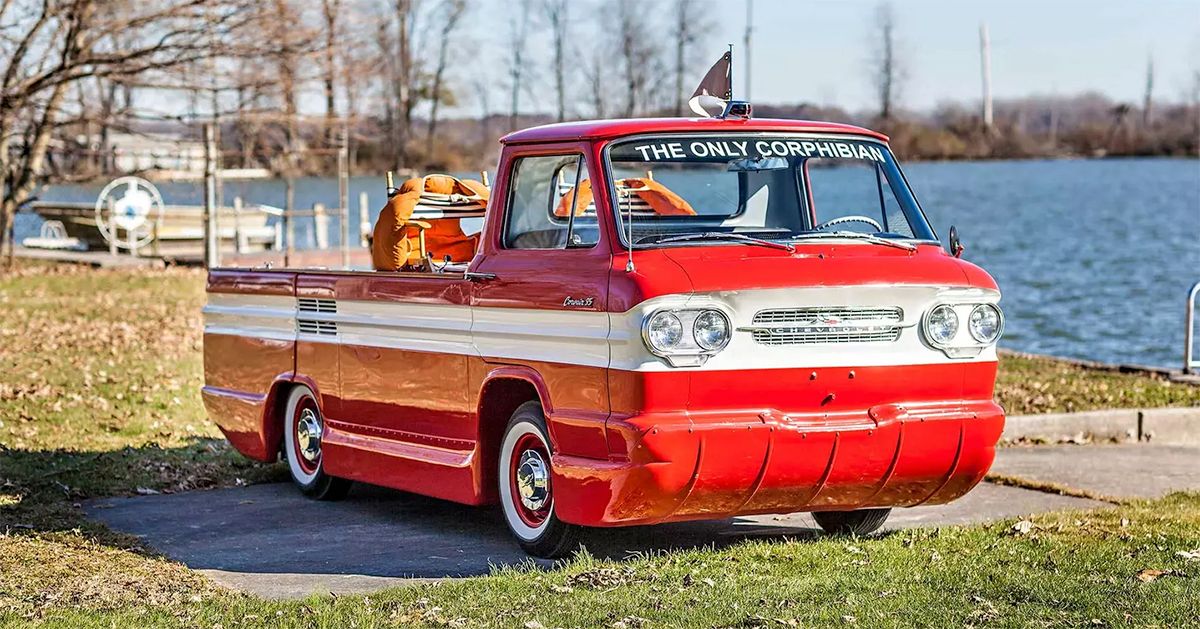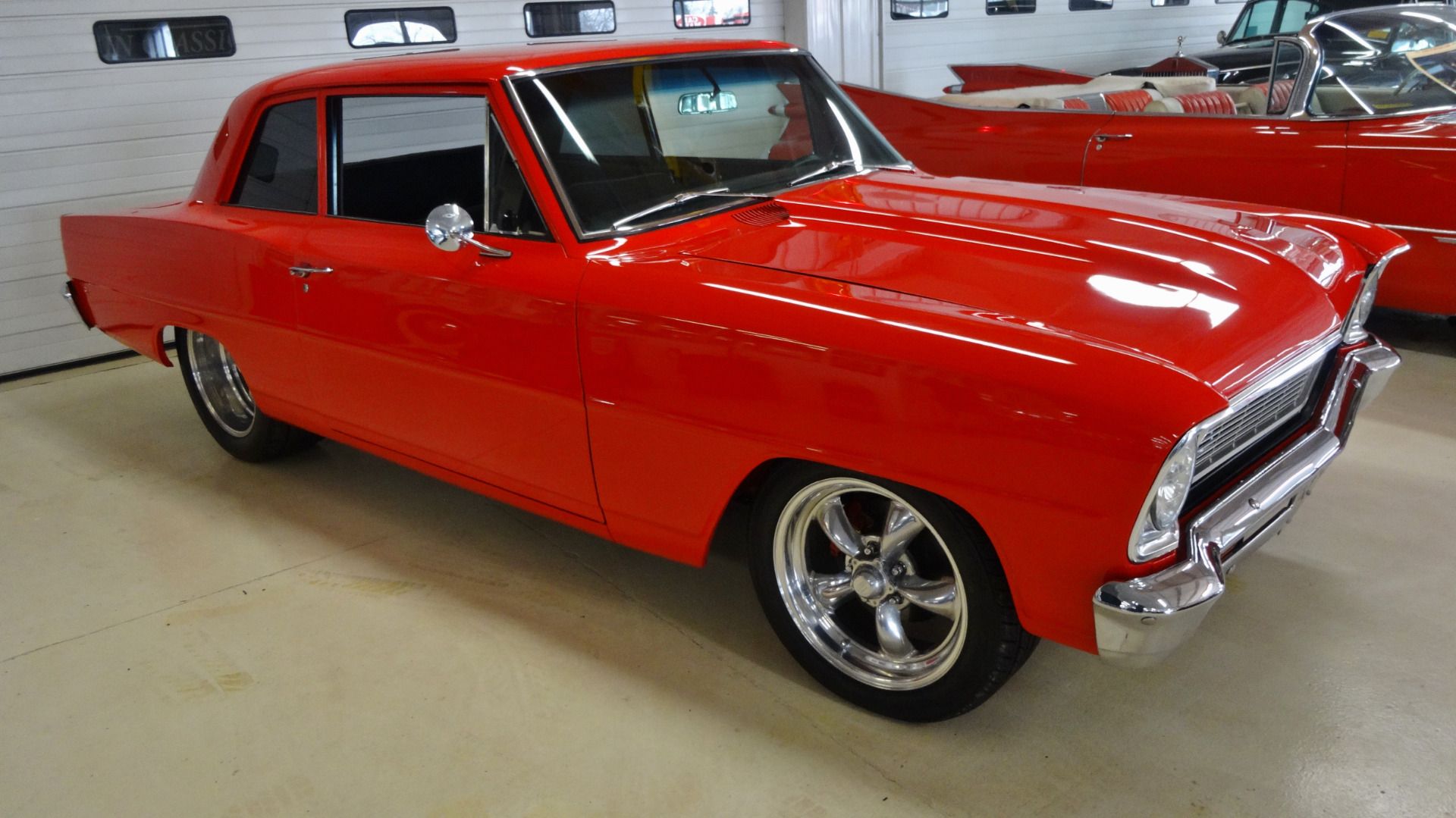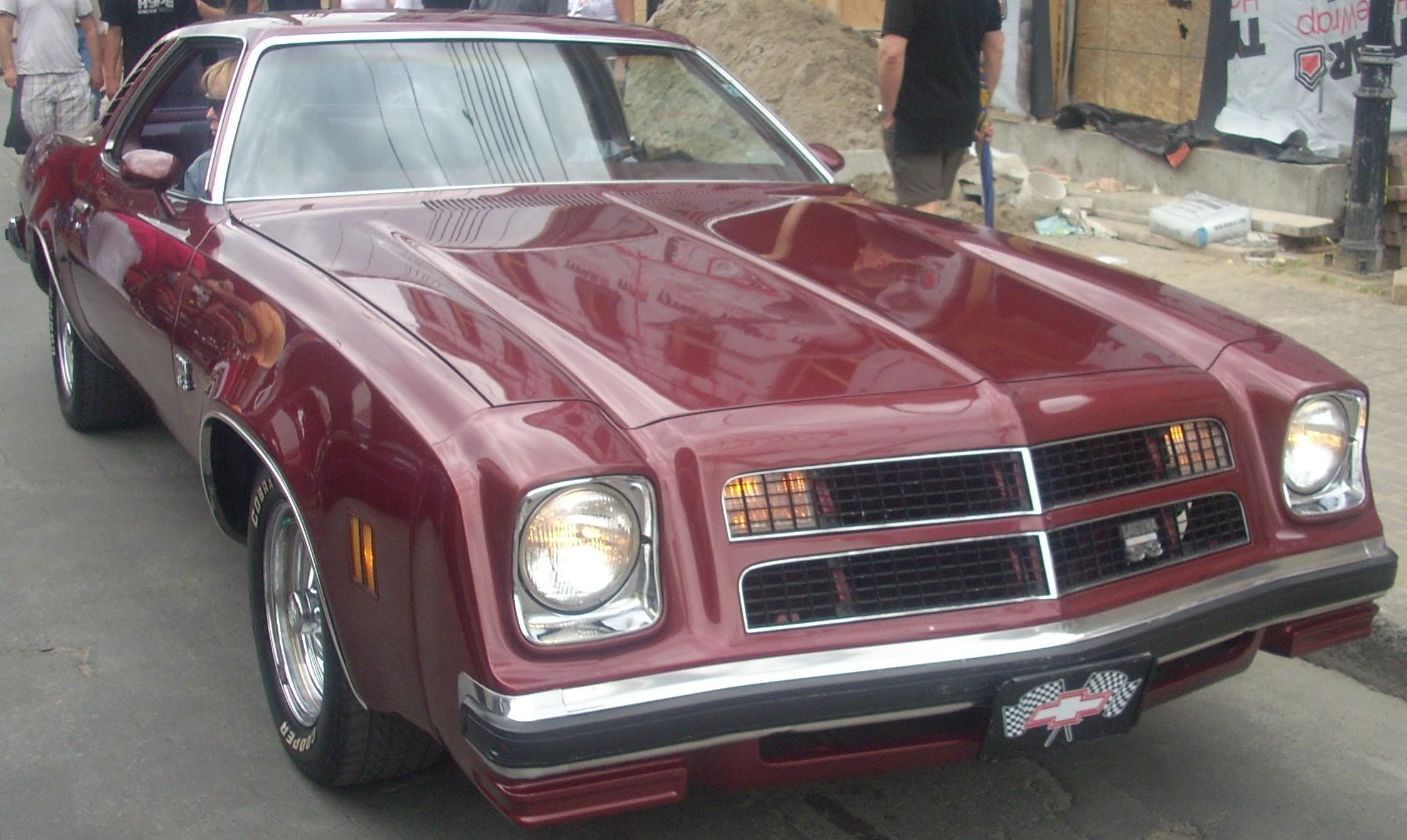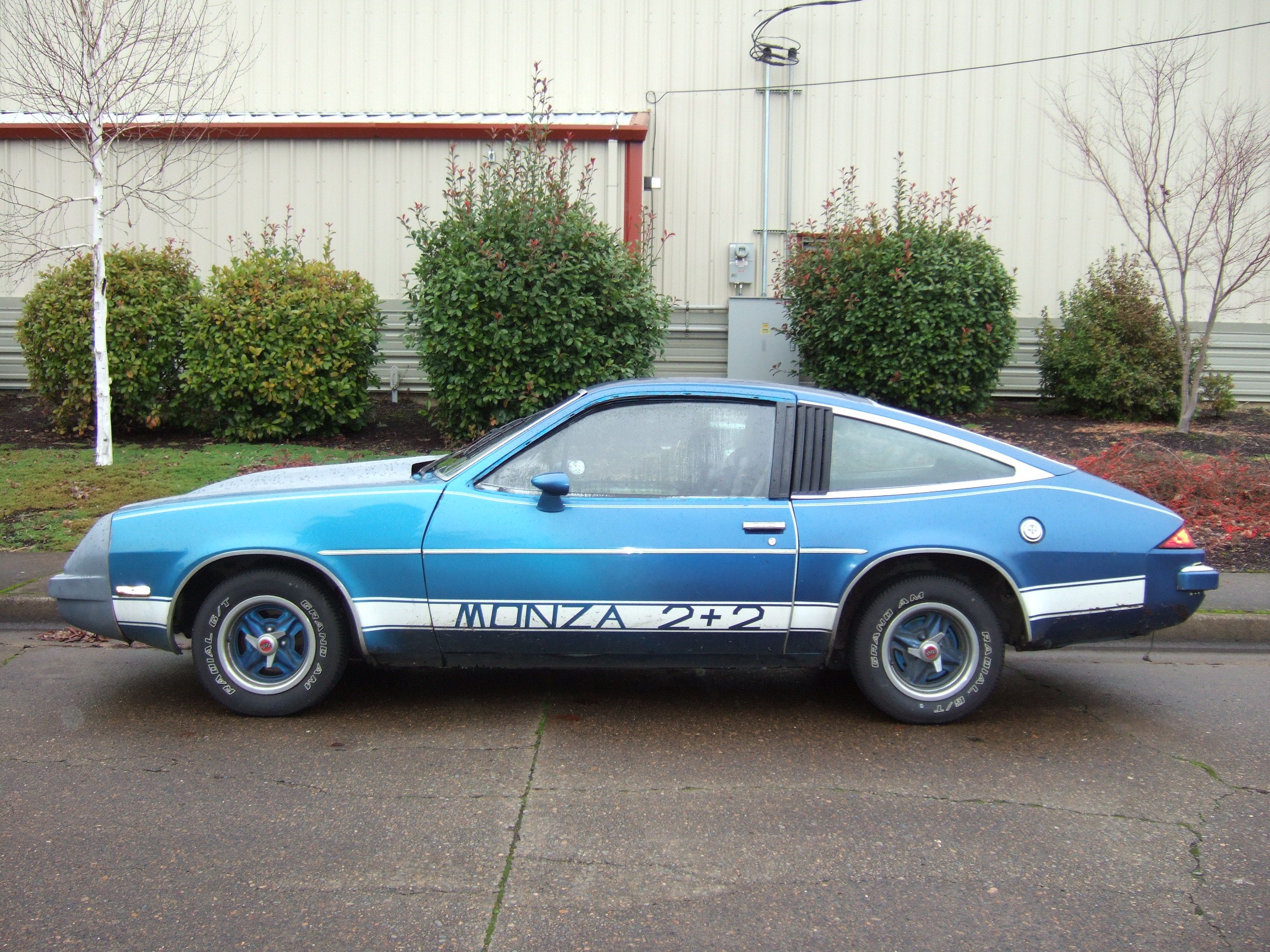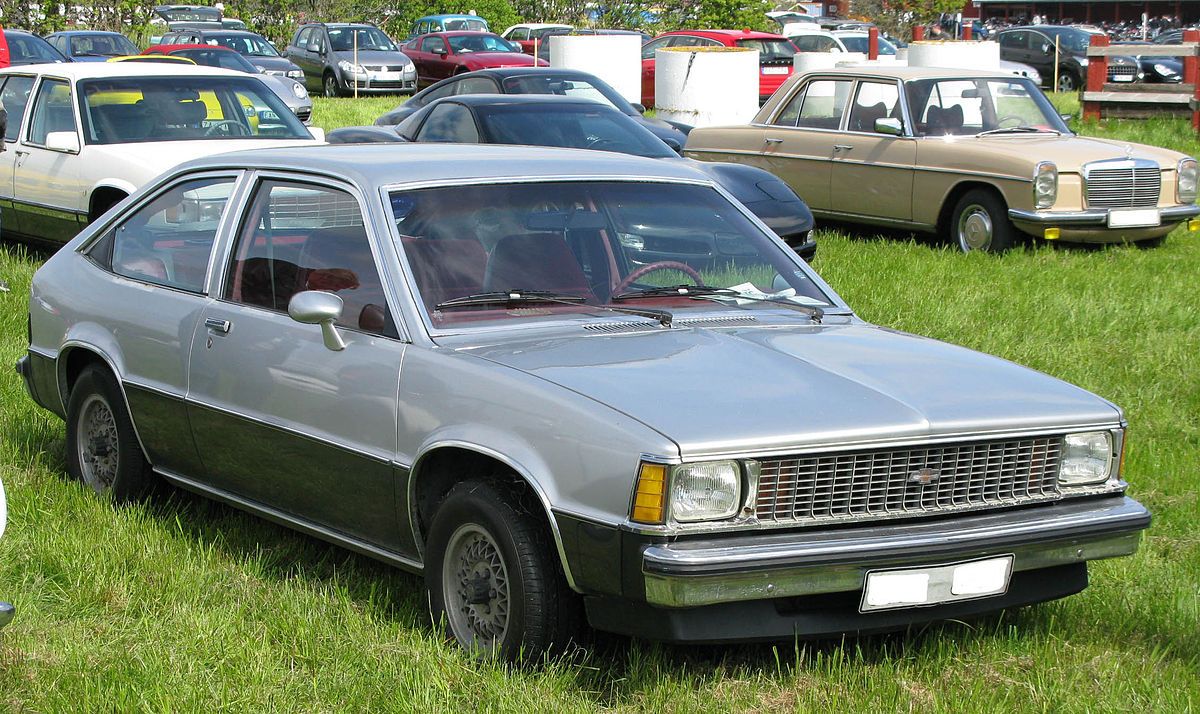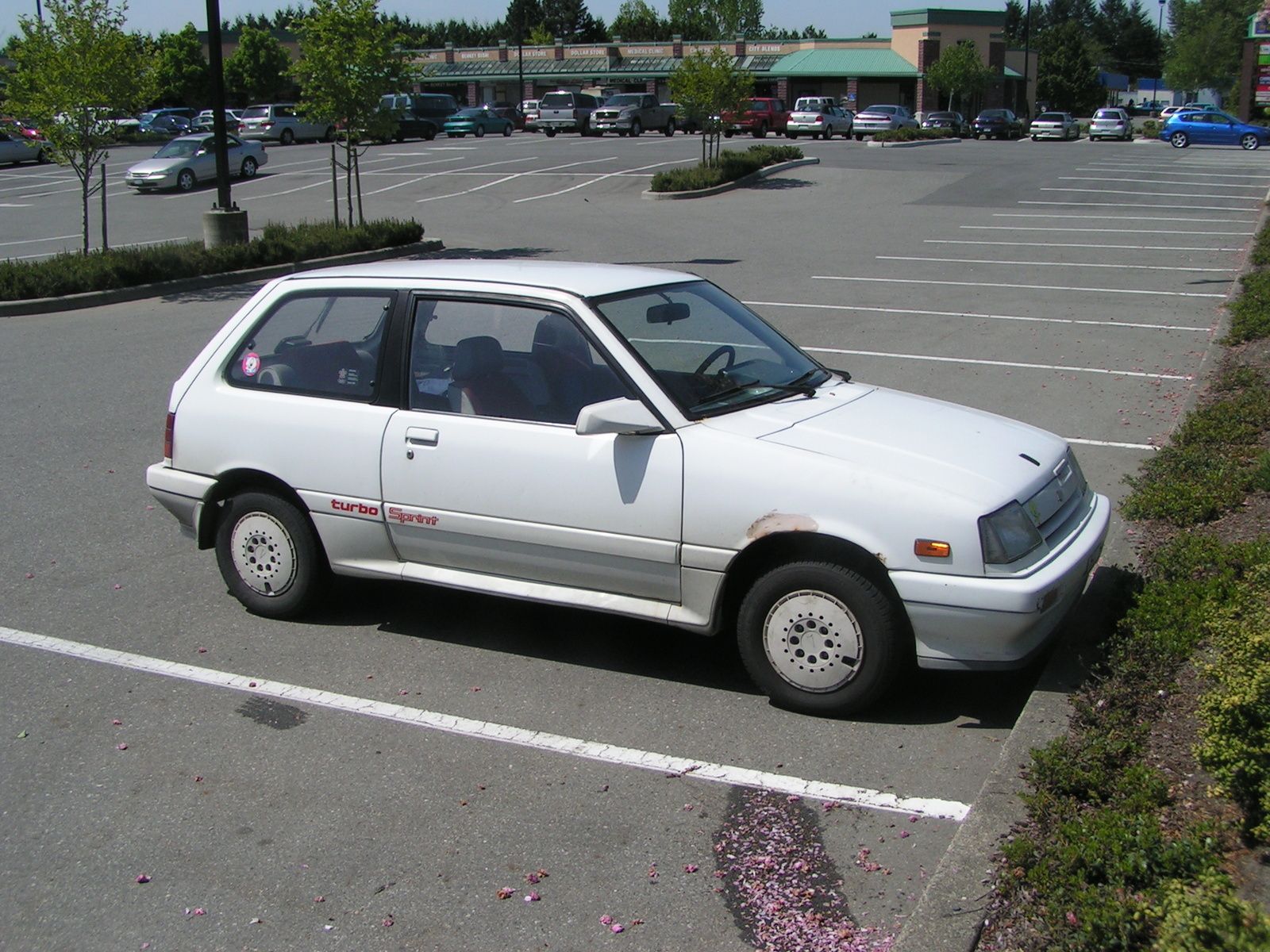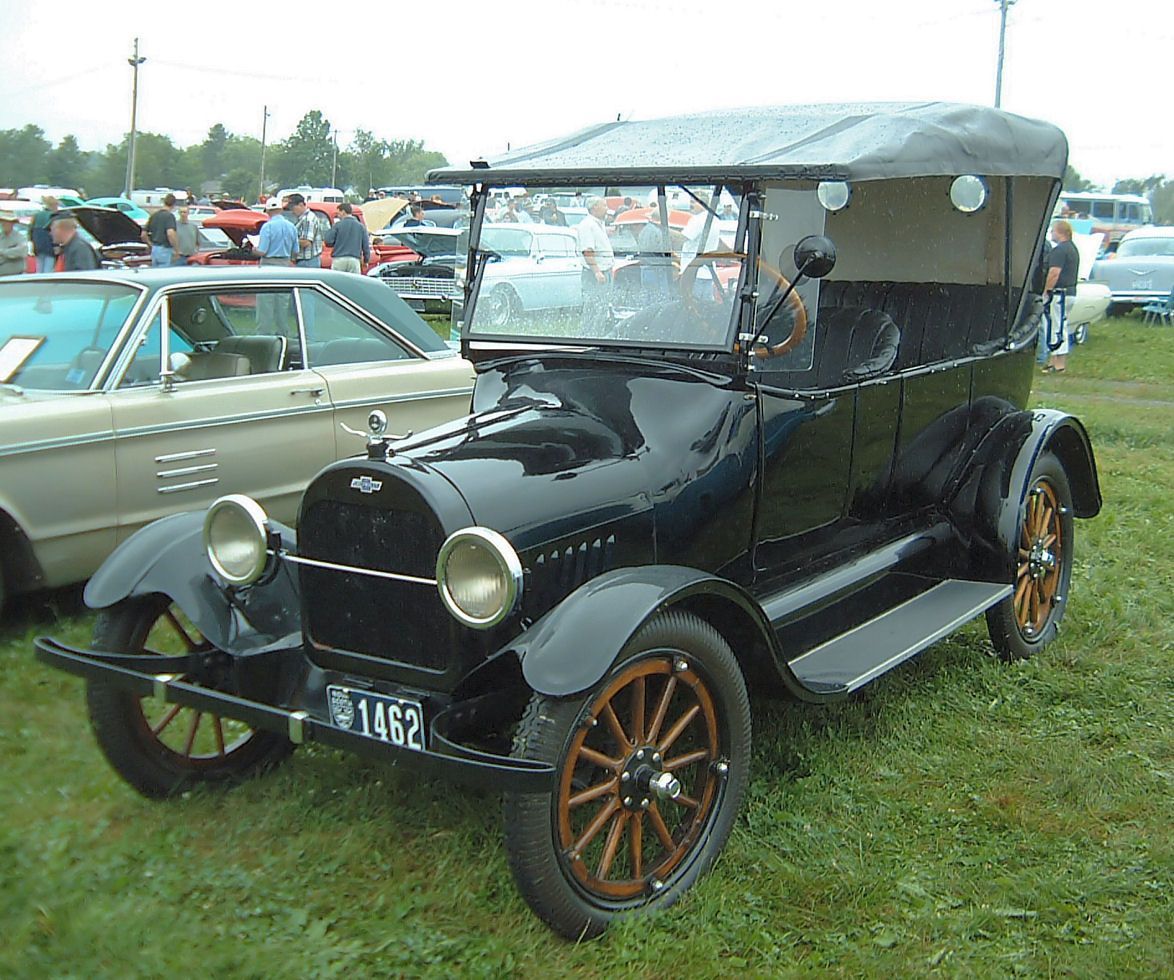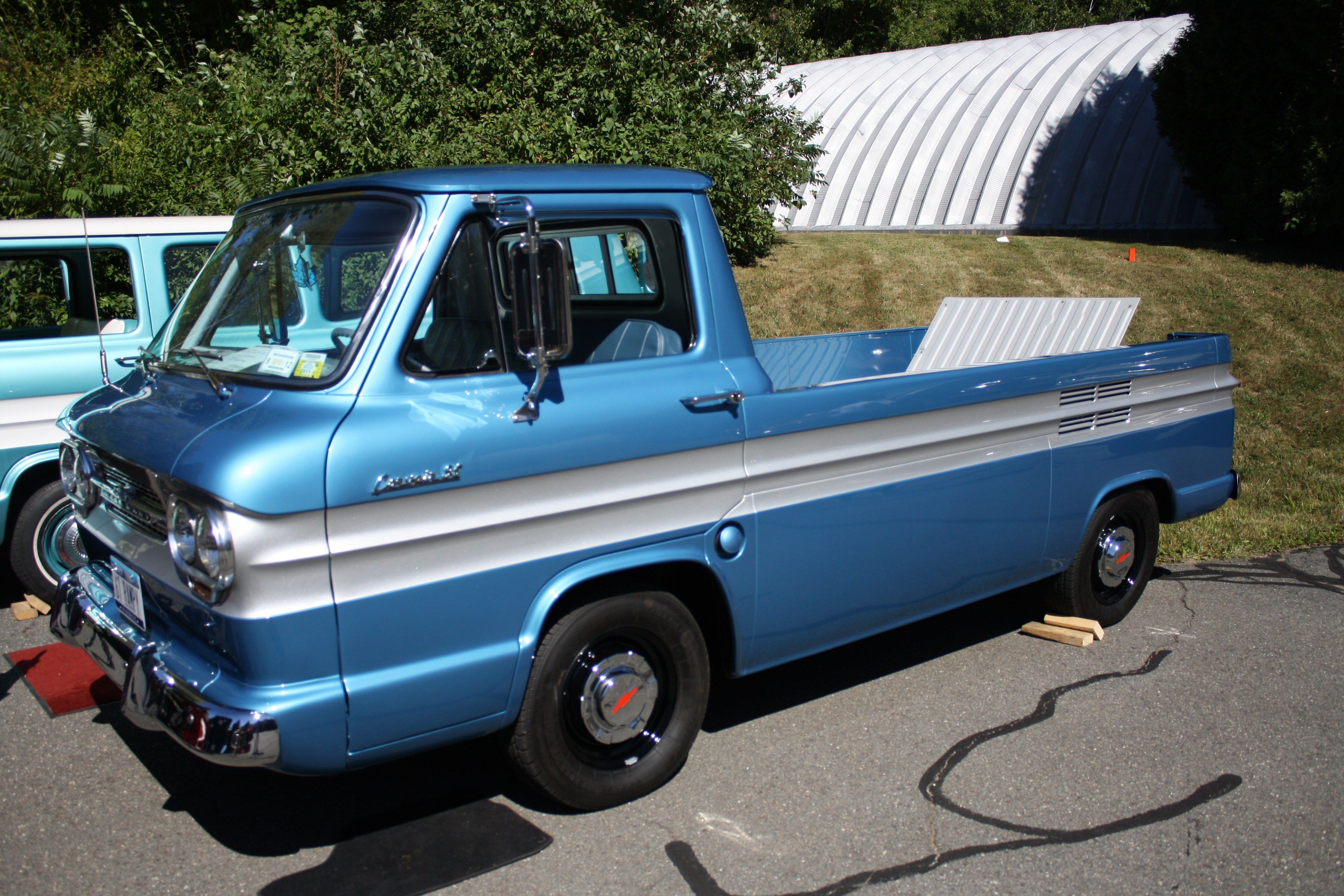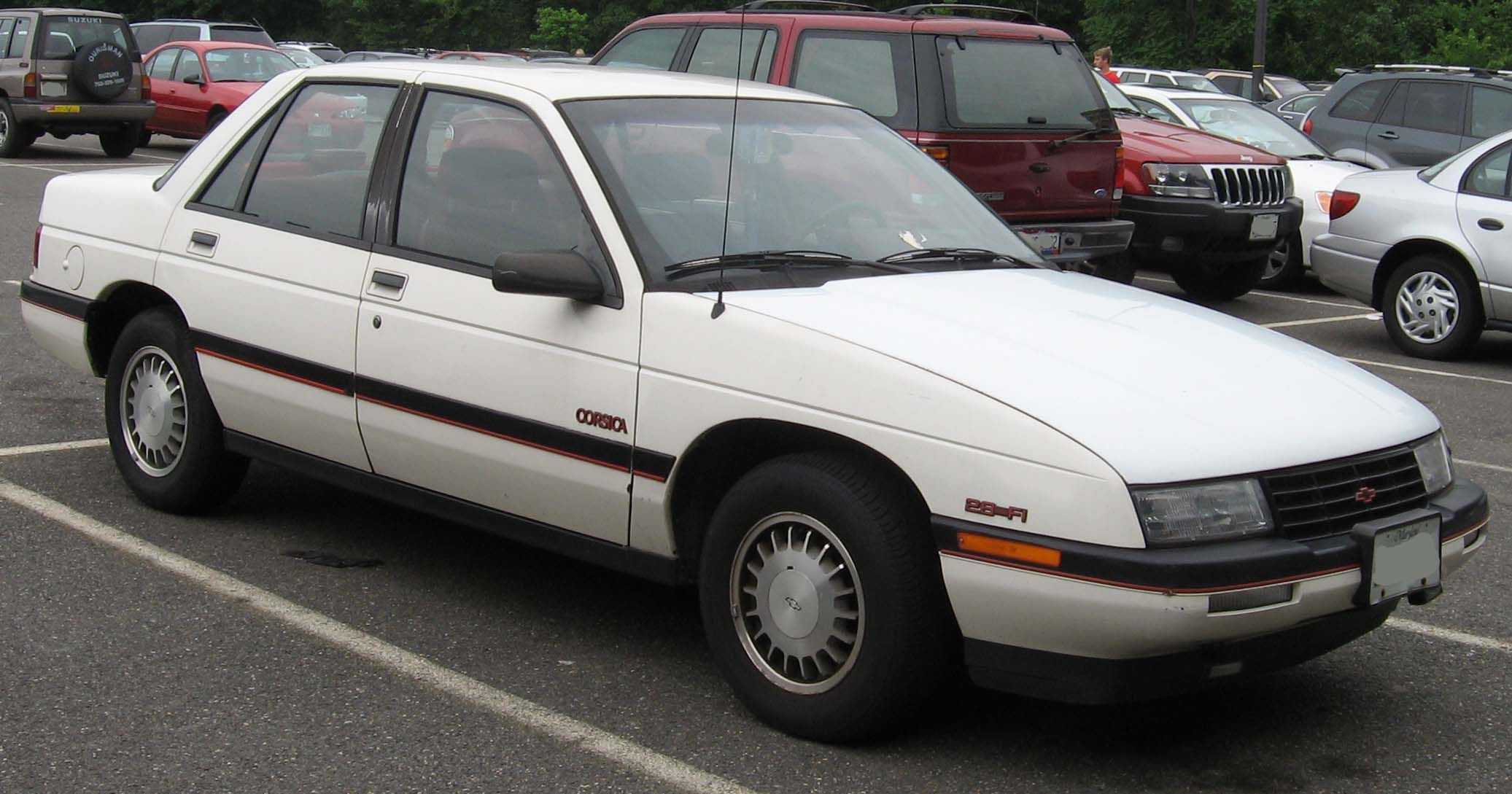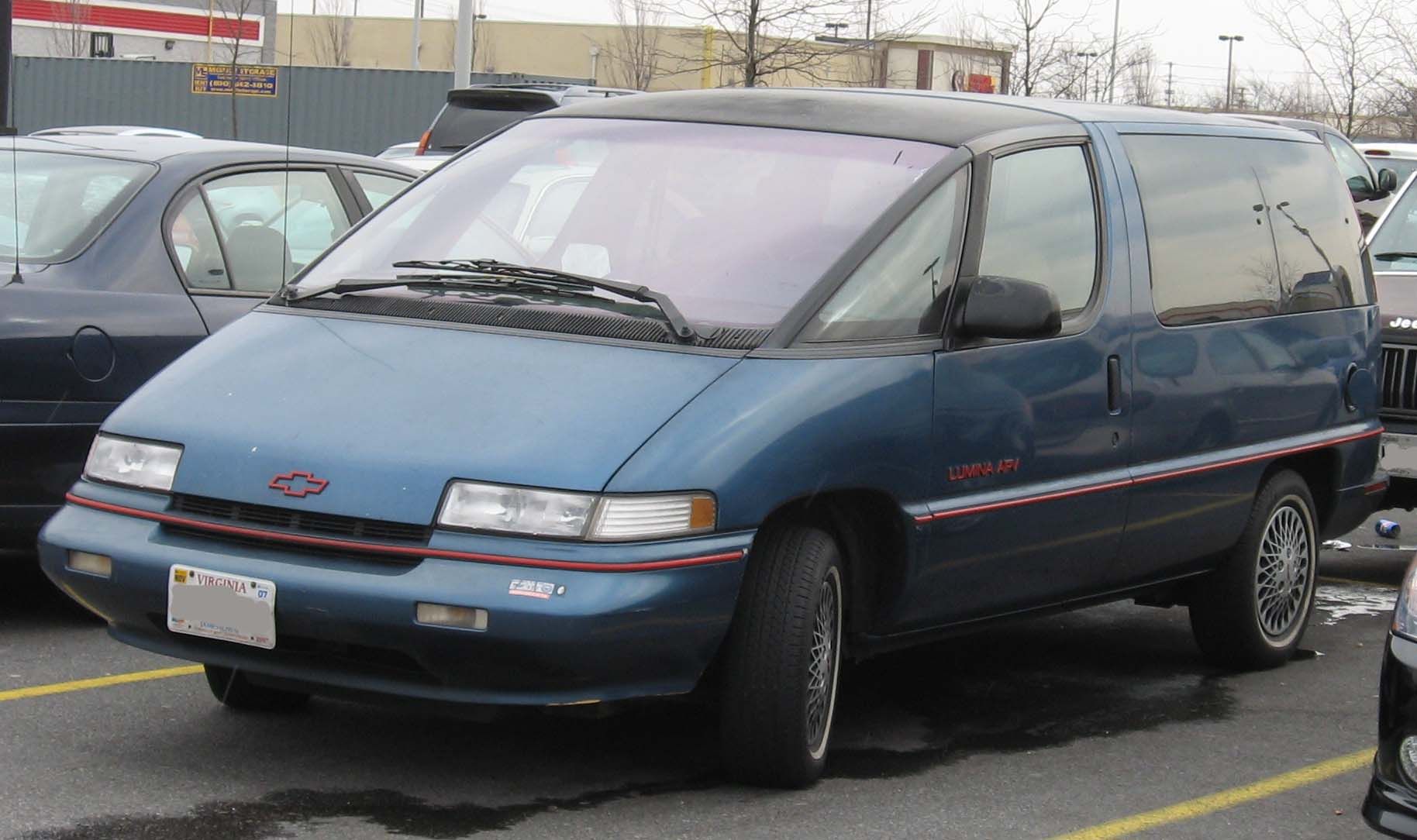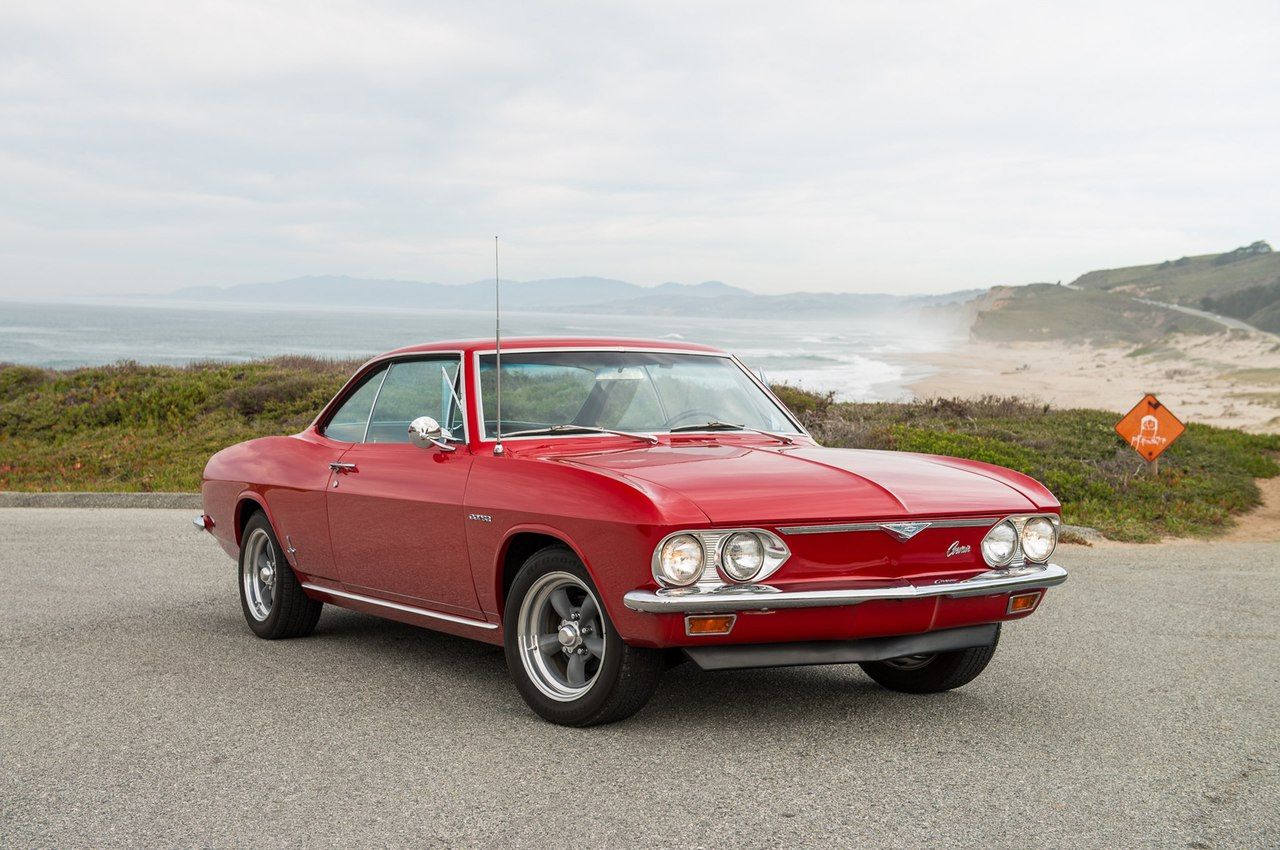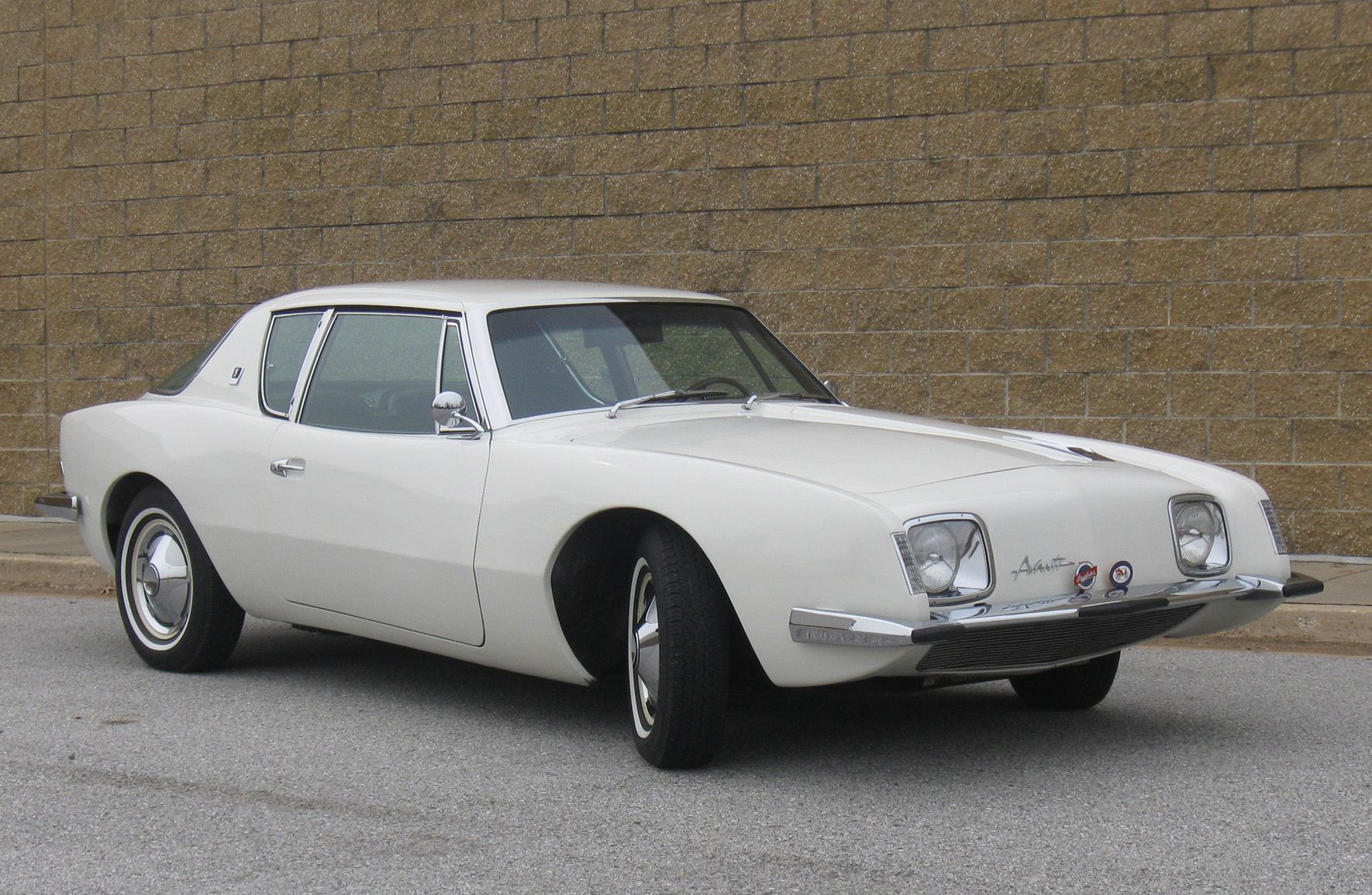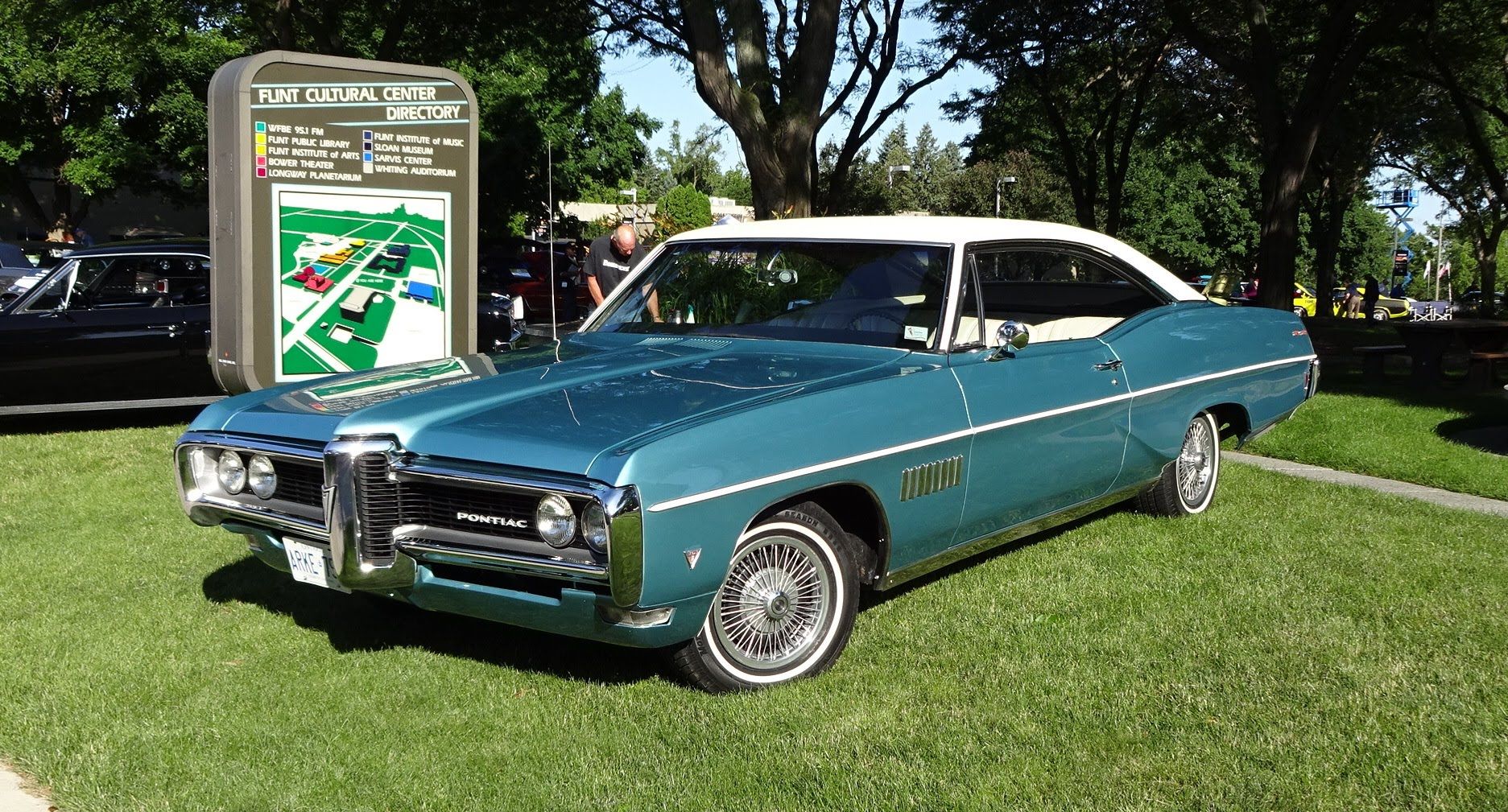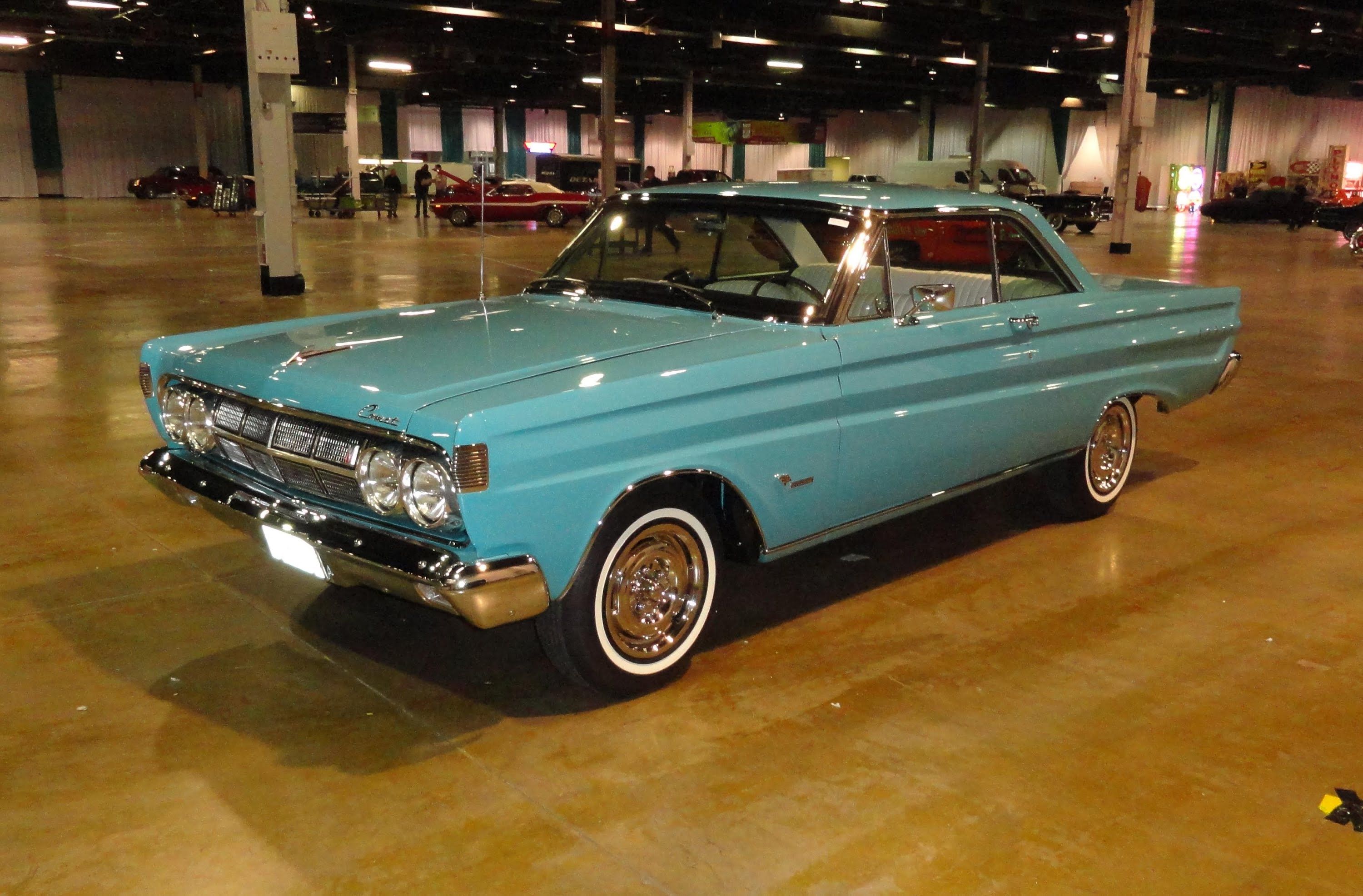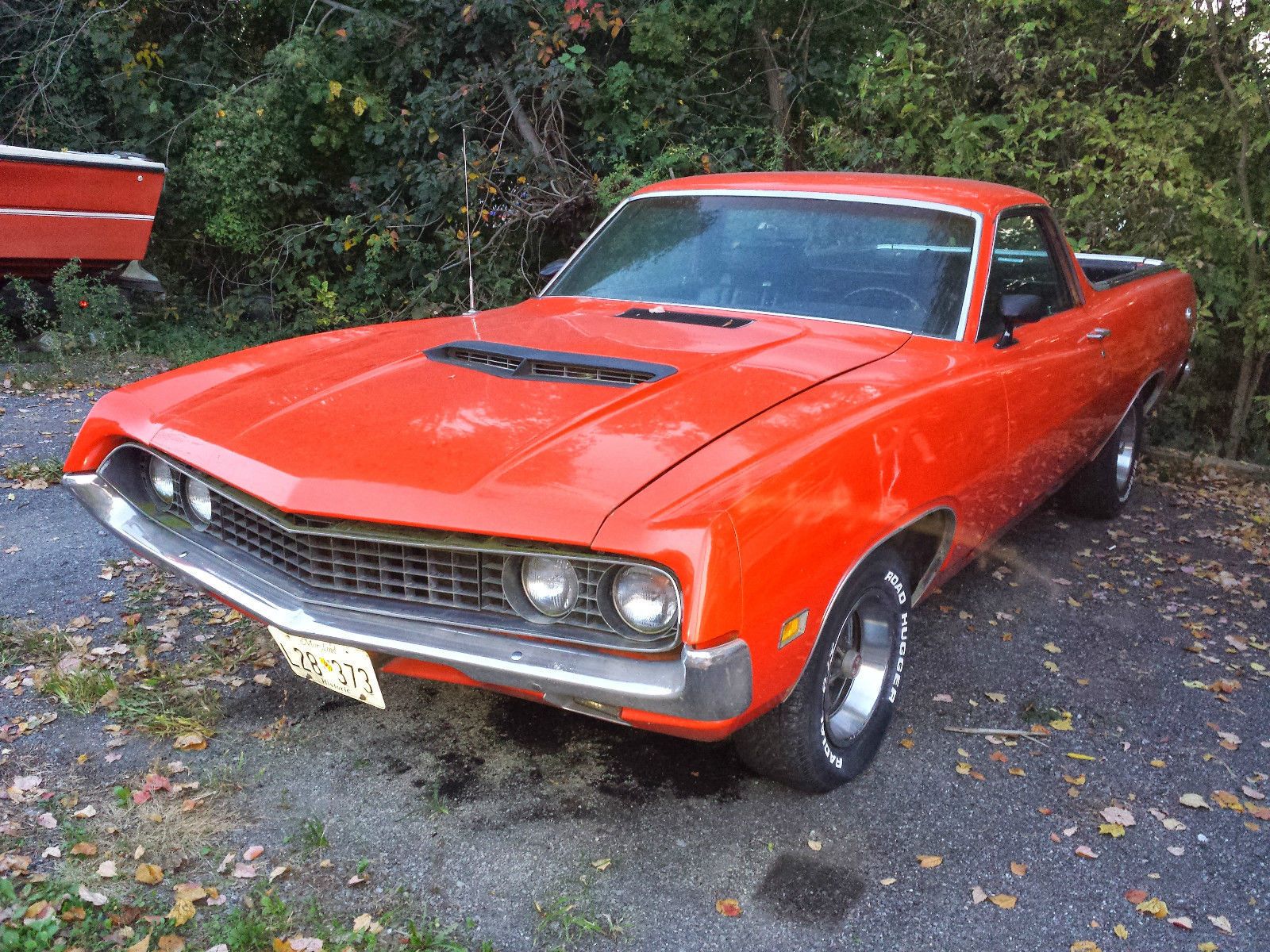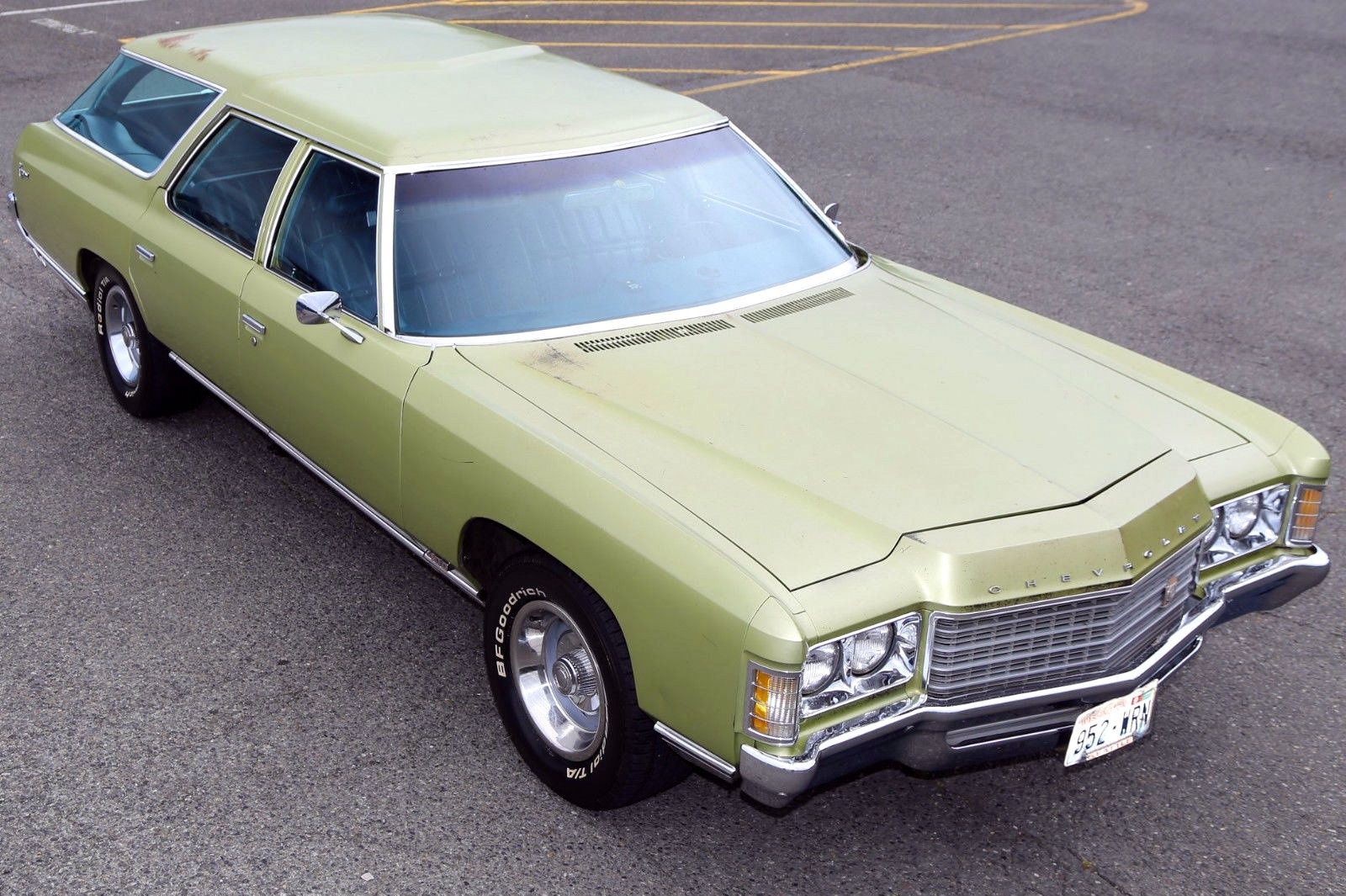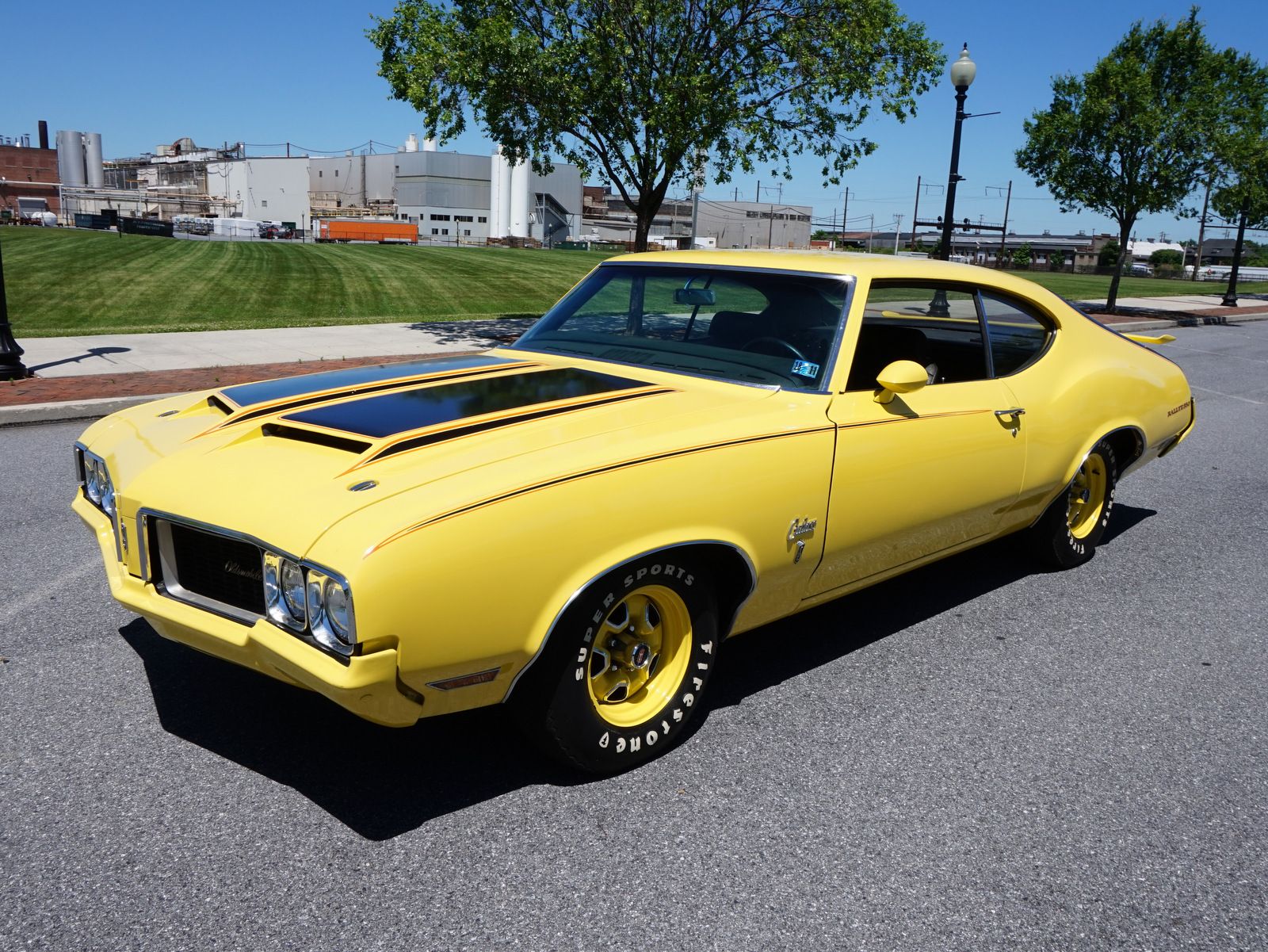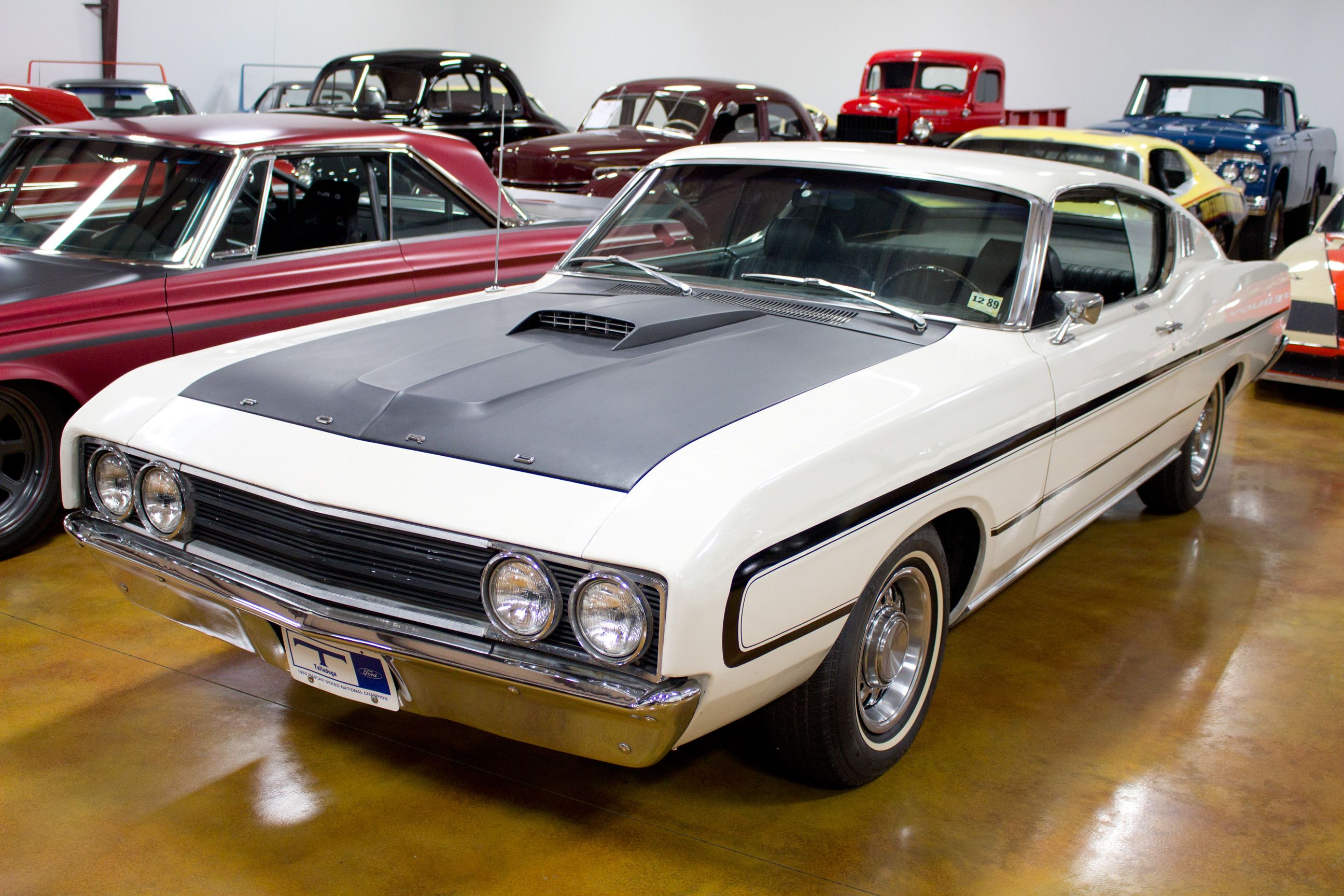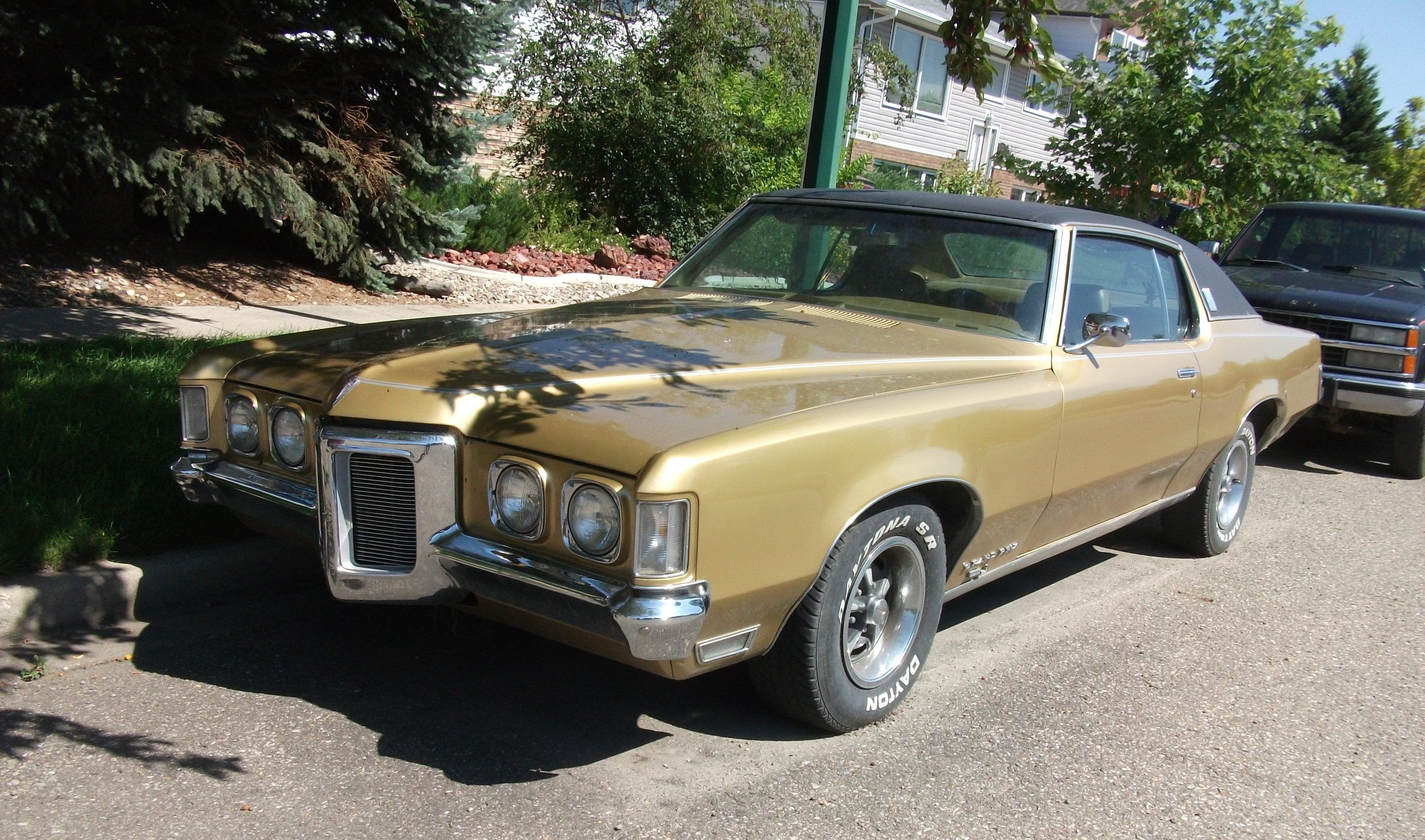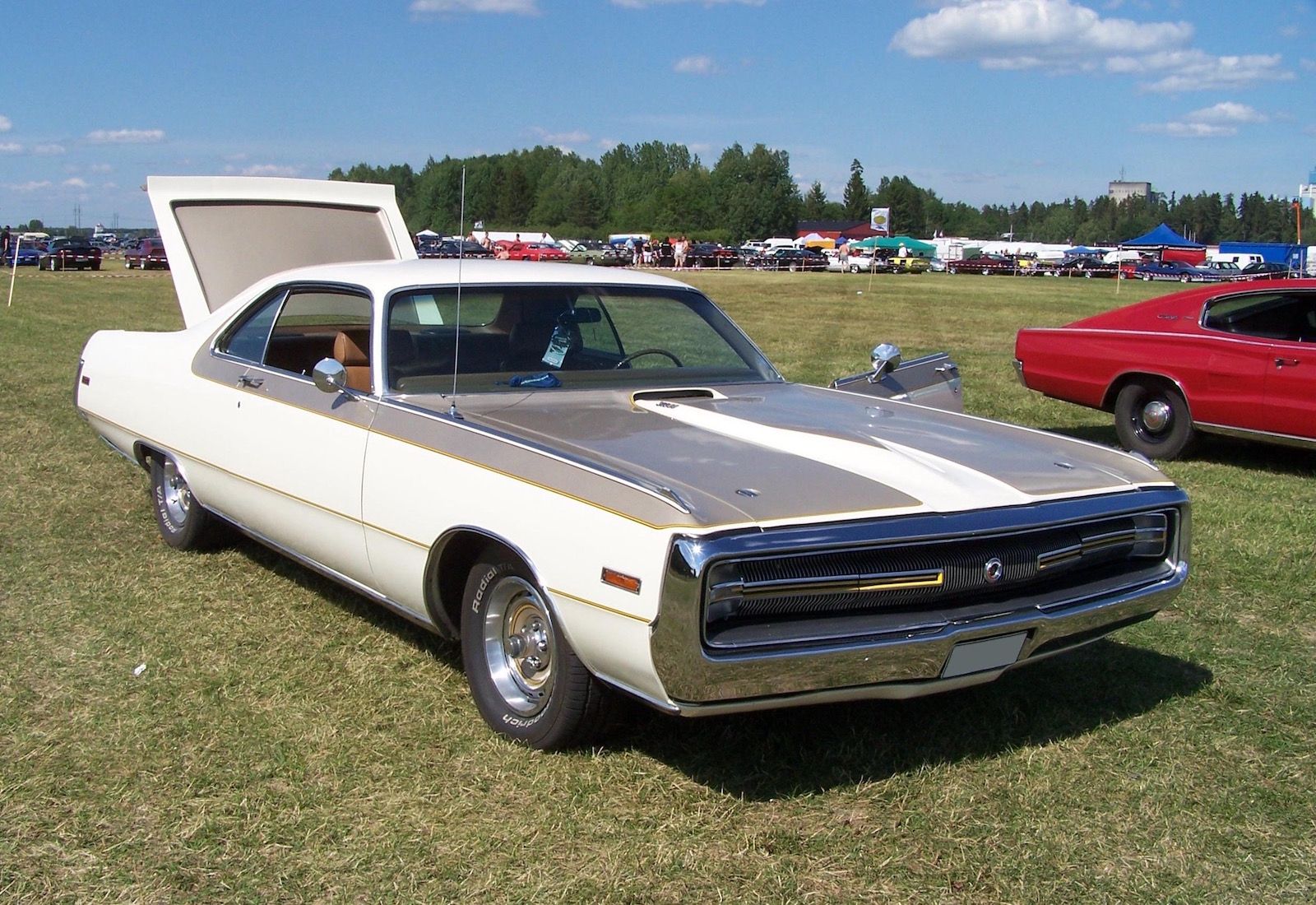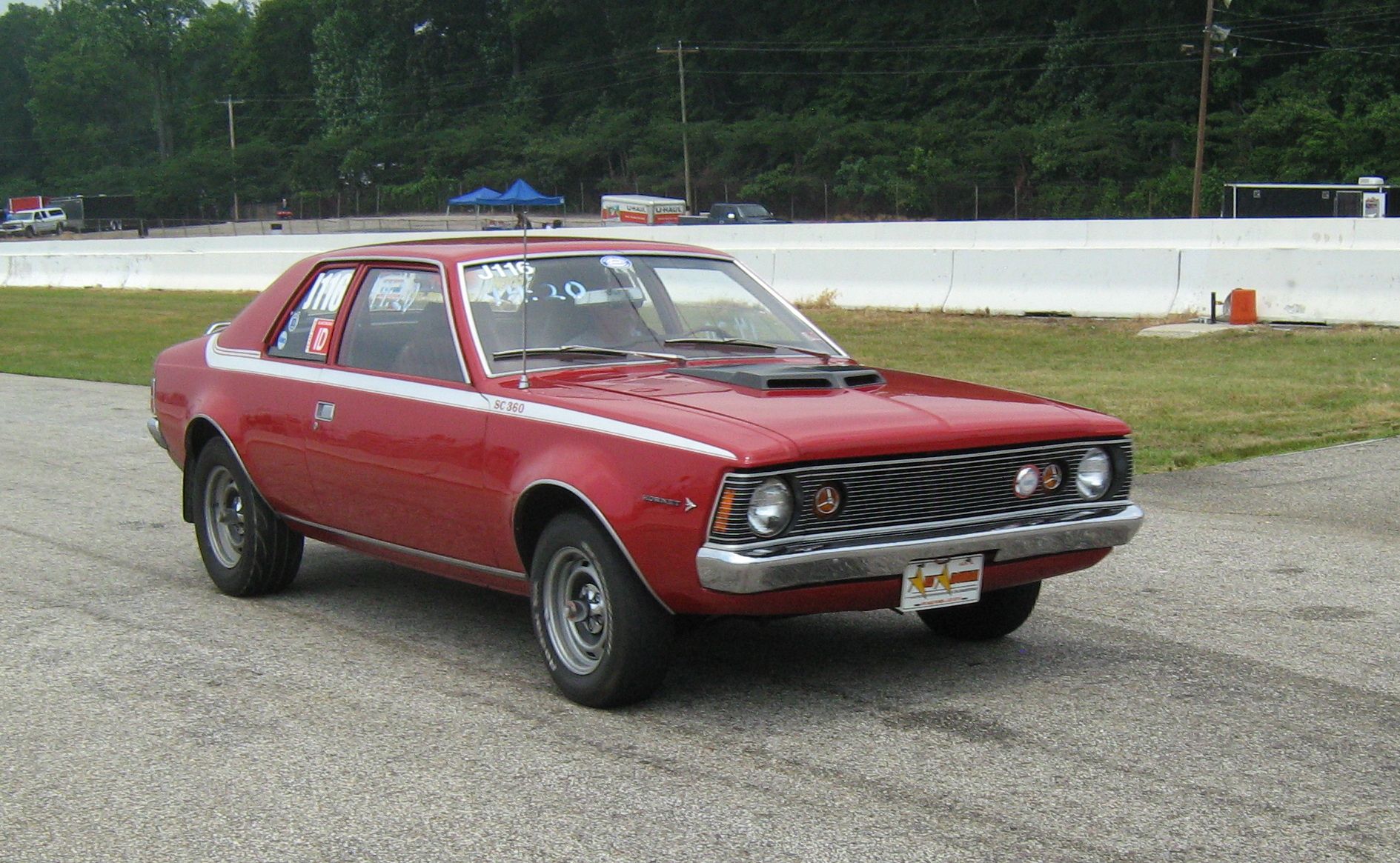The world of car manufacturers is filled with memorable legends that are engrained in our culture today. Unfortunately, it’s not all rainbows and butterflies since many cars are also forgotten in time. Chevrolet is a cornerstone in American car manufacturing; they’ve been in the game for so long already that the company is probably older than anyone you know today. They’ve also produced countless models throughout the years of their existence and have made history time and time again. From making instant classics to forgettable, hideous machines, Chevy has been there and done that. With that said, staying in front of the rest of its competitors was never an easy thing to do but they still manage to do so.
Chevrolet is apparently a mainstay in the American car industry but other companies have made their marks as well. One common characteristic of all these car makers is that they have the occasional project blunders that make their way off the production line. We can only wonder what went on in the heads of the executives responsible for these monstrosities but the damage is done and there’s nothing we can do about it except move on and forget. An extremely popular segment in the US of A car market is the muscle car category, by essence, it is very American in the sense that it embodies what our North American friends seem to value. More than a few muscle cars are rightfully forgotten; however, some are underrated by the public and critics and these vehicles deserve to be revived in the future.
20 Chevy II Nova
Despite being the best-selling Chevrolet from 1969 to 1979, the Nova is largely ignored in recent times. It was called the Chevy II but it was replaced by Nova and nobody knows why except the Chevrolet executives who make the big decisions.
The Nova is by no means a bad car; it had everything going from its styling to reliability and much more.
Long hooded two-door coupes were gaining so much popularity during its release and Chevrolet just had to tap into the attractive market more even with multiple similar cars available for sale.
19 Chevelle Laguna
Few cars are more iconic than this versatile machine. You could get a Chevelle Laguna as a sedan, station wagon, or even a couple depending on what you would use the car for. Few can match its reputation back in the 70s for being functional and flexible for different purposes. Having a classical American vibe to it, the makers of the Laguna were sure that it would sell vehemently. All they had to do was keep the patrons happy with great customer service and let the Benjamins fall from the sky. They even had quirky interior color options which were another selling point for the car.
18 Monza
Enthusiasts will always say that the Monza was born at the wrong time, it was simply too good for its world. No other two-door coupe at the same price point was more eye-catching than the little Chevy that was powered by a 2.3-liter inline four.
Not only did it look good, it had decent performance as well since the set-up of the vehicle made it a joy to handle around corners.
However, General Motors were producing so many cars for the same segment such as the Pontiac Firebird, the Oldsmobile Starfire, and the Buick Skyhawks (they had a knack for giving cool names to cars) and the Monza was forgotten.
17 Citation
Being one of the first front-wheel drive models the American car brand produced, it was certain that the Citation would be riddled with issues here and there. However, that didn’t stop it from being the best-selling car in the American car market at one point no matter how quick its reign was. Like its cousin, the Chevrolet Monza, it had many competitors from sister companies that were of the same category which made it hard for the Citation to really make its own mark. The growing list of the numerous faulty parts was starting to take its toll as the Citation struggled to win over customers in the early 80’s.
16 Sprint
The Chevrolet Spark has been selling fairly in recent years due to its ability to save fuel but its ancestor, the Chevy Sprint, was one car that was an expert at sipping gas. However great a car is at saving you gas money on a weekly basis, common features such as a livable interior and not having to listen to road noise should never be neglected.
A number of models were sharing the same platform such as the Pontiac Firefly, the Holden Barina, and even the Suzuki Swift.
We don’t know about you but the better choice would have been one of the other cars that shared the body, they probably had fewer problems, to begin with.
15 Model 490
The Germans have a very peculiar way of naming their cars; take the 330Ci, 911, S550, and the A3 for example, none of these names are meant to incite emotions such as excitement and thrill.
Chevrolet was apparently the same way as well, the Model 490 was actually named after its price tag, they cost 490 dollars when they first came out.
Although the car was already valued at 820 dollars by 1921, the name 490 still stuck for reasons we may very well never know. Granted, this era was still quite an early time in the age of automobiles and Chevy’s answer to the other car makers was overshadowed by its numerous competitors who also wanted a piece of the pie.
14 Corvair Rampside
Probably one of the weirder cars that Chevrolet has made in its long legacy, the Corvair Rampside has an ugly exterior fit for something left in the junkyard. Some might not agree with the last statement but everyone should take it with a grain of salt. It was offered in a pickup truck platform and a work van; whatever one might have chosen back in the day, they would’ve had an ugly truck or an ugly van. It’s no surprise that the Corvair is forgotten as there’s so little to talk about and so little features that entice an audience.
13 Corsica
Truth be told, the Corsica is a terrible car. It would be hard to find another car produced only to be sold to rental car companies from the get-go. They were made in massive numbers and were sold for mediocre prices; both are key factors why the rest of the world doesn’t even know about the Corsica. The car probably did its job as being a mundane transporter for boring people. Nobody even seemed to notice that this inferior piece of junk was nothing but non-existent in America’s roads nowadays and to be honest, good riddance.
12 Lumina APV
Minivans were gaining a reputation for being great at carrying goods and people from point A to point B but the Lumina APV was a disgrace from its conception even up to its death.
This is for sure one of the weirdest looking cars ever made by Chevrolet and they should be put to shame for this travesty of a vehicle.
If mocking the minivan category was a sport then the APV would win gold every single time. The wedge-like front of the car and the burlesque windshield was displeasing for the eyes, to say the least.
11 Corvair
Unsurprisingly, people have dubbed the Corvair as one of the worst cars ever made in the history of the car industry. The first generation was an utter dishonor for Chevrolet’s rather colorful history in car making but the second generation wasn’t all too awe-inspiring either and was just “meh” at best. This is one model the American giant wished they didn’t even think of, the drawing plans for the Corvair should have been burned by now. It was unsafe at any speed even at a stop since they were prone to many malfunctions and were dangerous to operate.
10 Studebaker Avanti R3
Ever heard of Studebaker? Don’t worry, neither has the rest of the world. To begin with, the brand wasn’t even known for building performance muscle cars and the fact that the R3 had decent specs was quite baffling, to say the least.
At the end of the Avanti R3’s production, the company took some significantly larger V8’s, bolted on superchargers, and placed them in the remaining Avanti shells at the factory.
Needless to say that these became rockets, 4 wheeled machines that maxed out at 171 mph. It would be hard to find one today and if ever you do come across an Avanti, be sure to get your wallet ready.
9 Pontiac 2+2
Big and heavy muscle cars weren’t very common when the Pontiac had a major breakthrough with its wildly successful GTO. This sparked an idea in the execs’ minds to translate that fun acceleration to a bigger body. The V8 engine pushing 376 horsepower was enough to make the Pontiac 2+2 more than a decent ride with a 0-60 time of 3.9 seconds. Anything that gets a time less than 4 seconds from a stop to 60 mph is impressive on its own but considering that this behemoth weighed hundreds of pounds more than it should, it’s nothing short of a miracle.
8 Mercury Comet Cyclone
America was obsessed with sending a man to the moon in the mid-sixties but Mercury had other plans. Mercury has had experience with producing beautiful cars and the Comet was definitely one of them.
Aside from being aesthetically pleasing, the car was properly powerful as well since it would have been a shame for a car this appealing to have a lackluster engine.
Ford even joined in the fun when they built 50 Comets for the drag strip complete with fiberglass components and plexiglass windows for some weight savings. Mercury didn’t stop there as they also built the Comet GT, a more compelling muscle car a few years after the initial release of the Comet.
7 Ford Ranchero 500
When you think of a high-performance Ute, the first thing that comes to mind is the Chevy El Camino. Unfortunately for the Ford Ranchero, it will live under the shadow of its Chevrolet counterpart throughout all these years but it by no means undermines the competence of the Ranchero in everything the El Camino does well. The rear wheels were always lacking downforce since they are still pick-up trucks by essence and there was no weight on top them. This is partly the reason why the Ranchero was never equipped with the best engines Ford had to offer because even with high horsepower, the truck could never translate that energy into the pavement.
6 Chevy Kingswood 427
Gone are the days when you could choose any option for a vehicle a car maker offered and if they haven’t built it before, they would build it for you anyway.
You could customize your Kingswood station wagon with sticky tires fit for rather spirited driving, a capable V8 engine, seating for seven adults, and even hideaway headlights for those extra style points.
If an all-purpose automobile was what you wanted then there wasn’t anything that could match the Kingswood’s adaptability. A decade after the capable station wagon’s eventual termination, some units have been seeing the light in drag strips all over North America.
5 Oldsmobile Rallye 350
A car only offered in a yellow body with matching rims is quite a questionable approach to marketing cars. It’s clear that the Rallye 350 donned on its big block brother’s vibe but lacking the features that made its sibling more expensive. This was by no means the best muscle out there because it was designed to be the poor man’s pony car given its just average performance compared to its competitors. Although the Rallye 350 is lighter, it achieved a 0-60 time of 7 seconds, not a bad accomplishment at all.
4 Ford Torino Talladega
Perhaps no other muscle car was keener on cutting through the air. The Talladega spent most of its designing stage in the wind tunnel, a fairly new technology back when they were still creating the car.
Along with a more aerodynamic than usual body, it was powered by a 429-cubic-inch V8 that powered the big displacement mustangs of its time.
Less than 800 units of the Talladega were made which is why the model is kind of consigned to oblivion, not many people knew of the car even if it won numerous championships in NASCAR. Winning 29 races in the 1969 season is its mark in history which is surprising as to why it isn’t more popular than it is.
3 Pontiac Grand Prix SJ
There are a couple of styling cues that are distinct to muscle cars such as a large body, a big displacement engine, and a long hood to name a few. This vintage Pontiac had the longest hood for any production car in 1969 and it housed a 428-cubic-inch V8 beast. The Grand Prix SJ isn’t your typical muscle car; it’s more inclined to the personal luxury coupe segment which is why it has a more opulent interior and better material on surfaces. From a stop, it would take about six and a half seconds to get to 60 mph, not too shabby considering the car weighed significantly more than other muscle cars of the era.
2 Chrysler Hurst 300
Being unusually long with for sure added more weight to the car. At 18.5 feet long, the Chrysler Hurst had a lot of heft to carry around especially in the corners, try 4,400 pounds for a number.
As it would later show, 375 horsepower could propel the bulky muscle car from 0-60 at 7.1 seconds. Not incredibly impressive especially for today’s standards but in light of its ridiculous weight, it’s nothing short of a surprise.
Only 500 Chrysler Hurst 300’s were built which makes the car one of rarer muscle cars out there. If you were wondering why the vehicle weighed so much, take a look at the interior and see that Chrysler spared no feature to put in the Hurst 300.
1 AMC SC/360 Hornet
The Hornet’s predecessor failed to conjure up some sales in the 60’s which also affected its later models. The last entry was to a certain extent a big muscle car and on the other hand, we have here the Hornet which is an incredibly small vehicle. Being small, it didn’t have much weight; this meant that the engine didn’t have to be the biggest and baddest to have a 0-60 time of 6.7 seconds. A measly 285 horsepower was all it took to have fun in this tiny pony car meant for a more vivacious driving style. However good a car may be on paper; if it didn’t have a big engine, it wasn’t a muscle car, at least for Americans.
Sources: valleychevy.com, cheatsheet.com

